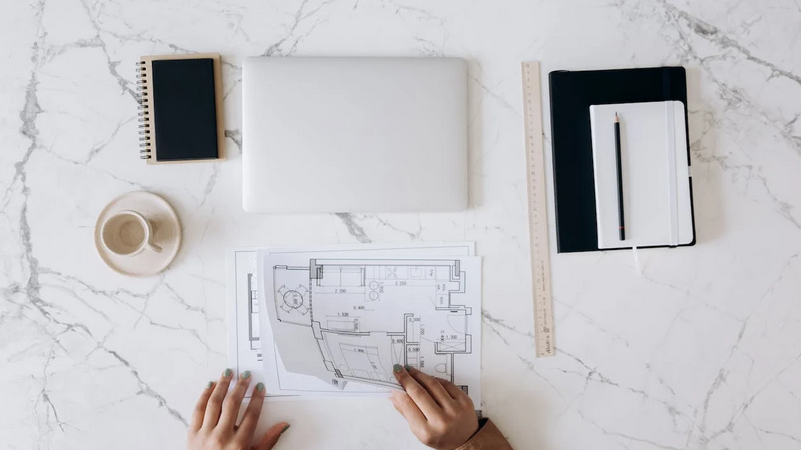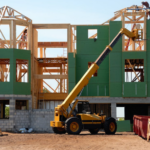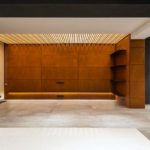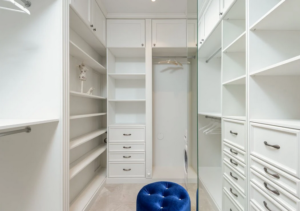Building for the Future: How Solid Construction Outperforms Traditional Methods In the Long Run
When it comes to constructing durable and sustainable buildings, solid construction methods have proven to outperform traditional methods over time. Solid construction techniques, such as reinforced concrete and steel frames, provide unparalleled strength, stability, and longevity. In this article, we will discuss the top factors that highlight how solid construction methods stand the test of time, offering numerous benefits for building the future. For more in-depth information on various aspects of home construction, design, and real estate, you can visit Hausmagazin.com
Structural Integrity and Durability

Solid construction techniques, such as reinforced concrete and steel frames, offer exceptional structural integrity and durability. These methods provide superior resistance to external forces such as earthquakes, high winds, and fires. By using reinforced concrete, which strengthens the structure against tension and compression, buildings constructed with solid methods can withstand the test of time. The durability of solid construction minimizes the need for extensive repairs or reconstruction, resulting in long-term cost savings and reduced environmental impact.
Energy Efficiency and Insulation
Solid construction methods excel in providing excellent energy efficiency and insulation. Materials like concrete and steel have high thermal mass properties, meaning they can absorb, store, and release heat slowly. This results in better temperature regulation and reduced reliance on heating or cooling systems, leading to energy savings and lower environmental impact. Additionally, solid construction materials provide excellent sound insulation, enhancing the overall comfort and livability of the building.
Flexibility and Design Possibilities

Although solid construction methods are often associated with large-scale projects, they offer …






 You can’t just start throwing things into storage bins without a plan. You will end up with a cluttered mess that is even harder to deal with. Take some time to examine your items and choose what you need to keep and what you can get rid of. It will help you determine what kind of storage solutions you need to look for.
You can’t just start throwing things into storage bins without a plan. You will end up with a cluttered mess that is even harder to deal with. Take some time to examine your items and choose what you need to keep and what you can get rid of. It will help you determine what kind of storage solutions you need to look for. There are many creative ways to store your belongings. If you struggle to find a place for something, get creative and think outside the box. You may be surprised at how easy it is to find a unique solution that works for you.
There are many creative ways to store your belongings. If you struggle to find a place for something, get creative and think outside the box. You may be surprised at how easy it is to find a unique solution that works for you.
 A good credit score does not necessarily mean that you will be approved for a mortgage. However, it is important to remember that the better your credit score, the better your terms and interest rates will be. Why? First, higher scores are an indication that you have managed your debts well in the past. And secondly, low scores indicate poor financial decisions and could make it difficult to repay a loan.
A good credit score does not necessarily mean that you will be approved for a mortgage. However, it is important to remember that the better your credit score, the better your terms and interest rates will be. Why? First, higher scores are an indication that you have managed your debts well in the past. And secondly, low scores indicate poor financial decisions and could make it difficult to repay a loan.

 It is really important to go with constructors, builders, engineers, and architects who know their work. Do your research before selecting any worker. You can ask around for referrals as well as look them up in case there is any feedback or testimonial on the quality of their work. Before settling on one, you can also conduct an interview. You can inquire about their academic qualifications, experience, and general demeanour. Building your dream home can be a breeze when you go for an expert who is also pleasant enough to work with.
It is really important to go with constructors, builders, engineers, and architects who know their work. Do your research before selecting any worker. You can ask around for referrals as well as look them up in case there is any feedback or testimonial on the quality of their work. Before settling on one, you can also conduct an interview. You can inquire about their academic qualifications, experience, and general demeanour. Building your dream home can be a breeze when you go for an expert who is also pleasant enough to work with. Set aside enough time to plan your budget and doing your design plans. That way you can come up with a theme that you will incorporate throughout …
Set aside enough time to plan your budget and doing your design plans. That way you can come up with a theme that you will incorporate throughout …